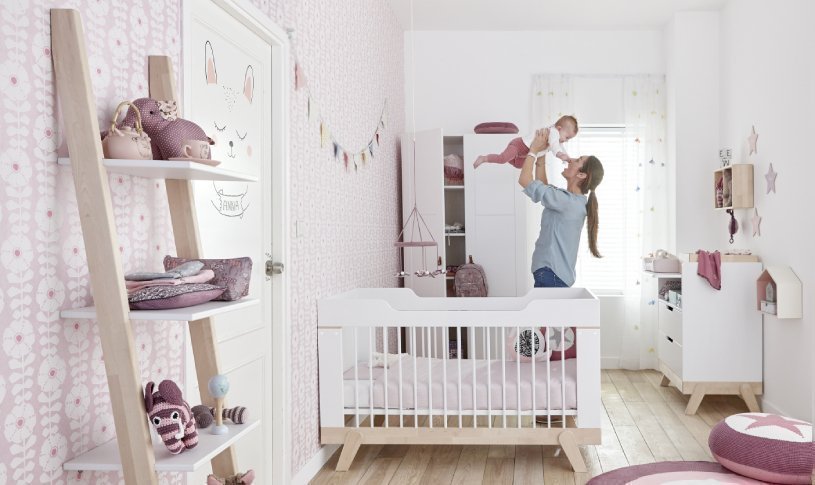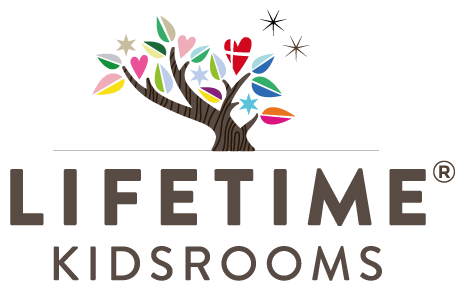From Baby Cot to Junior Bed: When is the most suitable time?

The transition period from the baby cot to the junior bed is often something that concerns parents, as they reasonably wonder if their child is “ready” for this change.
Although there is no specific time when a child’s cot should be replaced with a junior bed, the transition is usually done at an intermediate age when the child is no longer an infant or a toddler.
Considering that your little ones might be in a hurry to “become independent” when it comes to their bedtime, or the take their time, the following points will help you make the transition as smooth and enjoyable as possible for your children.
- Look how much you’ve grown…
Among others, the issue is also practical. If you are surprised by your child’s physical development, you should probably consider moving them to a junior bed. When you notice that your child does not have room to spread out and play in the crib, then they might feel more trapped than safe.
- Devises plans and getaways
This indication often confirms that the child is old enough to get their own bed.
As something that they first see as a game and later as something that allows them to discover their strengths, the time will come when you will find out that your child manages to climb and “escape” from their cot. Realizing that the cot is no longer the safest option then it is time to take care of their safety.
- Sleeping safe and sound
For the first few years of their lives, most children do not have a steady sleeping pattern. For example, how many times have you spent the night by their side because they are looking for their parents to be present until they fall asleep, or when they wake up anxiously, many times during the night?
If all these incidents are reduced and generally your little ones have a smooth sleep, they are likely to be ready to move to a larger bed. Or, if your child begins to cry systematically when the time comes to enter the crib, this might be an indication that they are dissatisfied with its cot’s, now small, space.
- Maturity and Trust

At 2 to 3 years of age, you can clearly see their innate curiosity and their need to explore. These signs are expressed when you see your child beginning to feel independent and play by themselves, or even manage to dress on their own, or prefer to eat without help and feel satisfied and proud of their accomplishments.
At this developmental stage, the protective bars of the cot now acquire another dimension. Their role is no longer to offer security, but they suddenly delimit the space by limiting the child’s movements but, without leaving them room to unfold their personality.
- Expressing their preferences
At this age, the child can express their preference and ask for what they want, so don’t be surprised the first time they exclaim “I want my own bed!” or “I want a big bed too!”
After listening to his preferences, the next step is to research which bed is more appropriate for them.
Taking care for the safety of your children, the Baby & Junior series of LIFETIMEKidsrooms is designed with great attention to detail, making the transition from the cot to the junior bed as smooth, pleasant and most importantly safe.
Have a look in our catalogue and get inspired with specially designed bedrooms for your little ones, to keep up and meet their ever-increasing needs.

